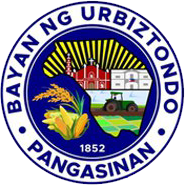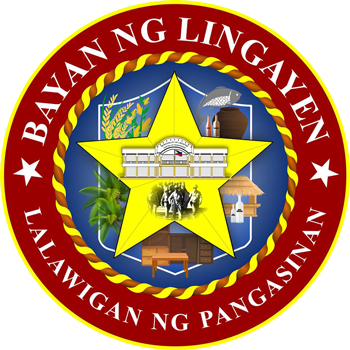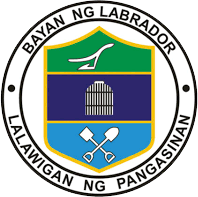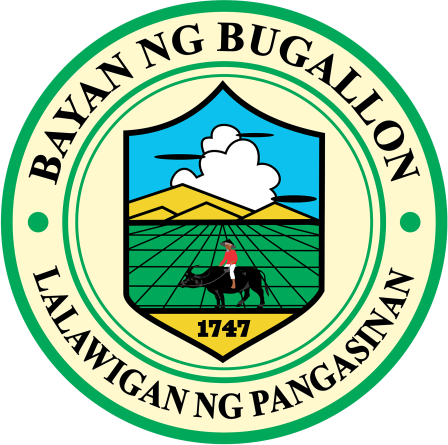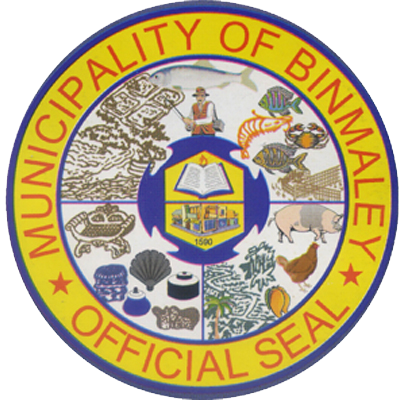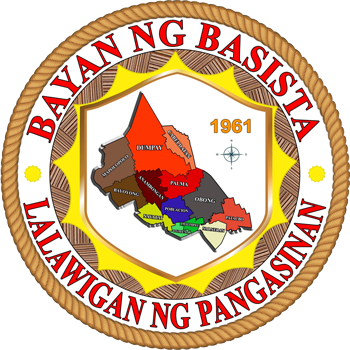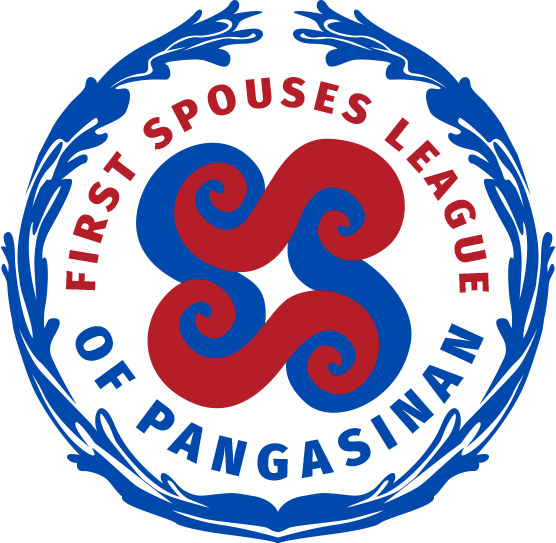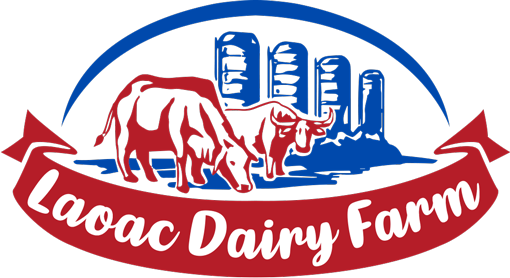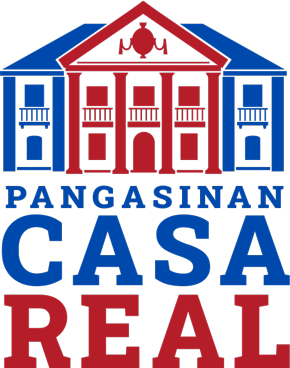There once was a tamarind tree towering over the center of the town, making other trees look small in comparison. Onlookers looked back in awe as they passed by the giant tree. When people asked them what route they took to return home, they simply said “through Lingayen,” a word derived from the Pangasinan word “lingawen” or “to look back.” Since then, the town bears the same name.
Lingayen was founded in 1614 after Augustinian and Spanish conquistadors drew a plan to establish the town. Lingayen was established as the capital of Pangasinan when the province became an encomienda. Lingayen was the theater for some of the bloodiest battles of World War II. When the Japanese invaded the province, Lingayen was one of their main targets due to its strategic location. Not long after the invasion, dozens of US-sponsored guerrilla groups sprouted across Pangasinan to defend their motherland against the brutal Japanese invaders. General Douglas MacArthur chose the Lingayen Gulf as the spot where his massive liberation fleet would land. Lingayen, along with other coastal towns in Pangasinan, became the venue for one of the biggest Allied landings of the Second World War that resulted in the liberation of the country from the Japanese.
The Municipality of Lingayen is the capital of the Province of Pangasinan. It is part of the second congressional district, bordering the towns of Labrador to the east, Bugallon to the south, and Binmaley to the west. Lingayen has a total land area of 6,276 hectares and a population of 107,728 according to the 2020 census. Lingayen hosts several national and provincial government offices, which include the Capitol Building that houses the offices of the provincial governor, vice governor, board members, as well as the Sangguniang Panlalawigan session hall. The Urduja House is also located in Lingayen, the official residence of the governor of Pangasinan.
There are several tourist attractions in Lingayen, including the Casa Real, once used as the provincial seat of government, in contrast to the Capitol Complex, which is the current provincial seat of government. The Sison Auditorium, a world-class venue, hosts some of the most important events in the province. The well-preserved ancestral home of former President Fidel V. Ramos is also located in Lingayen. Lastly, the Lingayen Baywalk is one of the newest attractions in the capital town.
Lingayen is known for its bagoong-making industry, with 60 small to medium bagoong processors registered in 2019. With bagoong as the municipality’s One Town One Product (OTOP) and its most lucrative industry, the town has been celebrating the Bagoong Festival since 2011.
Officials
Mayor
Leopoldo Bataoil
Vice Mayor
Mac Dexter Malicdem
Councilors
Jay Mark Kevin Crisostomo
John Marc Lopez
Ramon Anselmo Cuaresma
Rodulfo Luigi Morosi
Jasper Pasion
Jonathan Ramos
Von Carlo Tiangson
Ricardo Ferrer
Darwin Jimenez (ABC President)
Gabriel Ivan C. Tuazon


